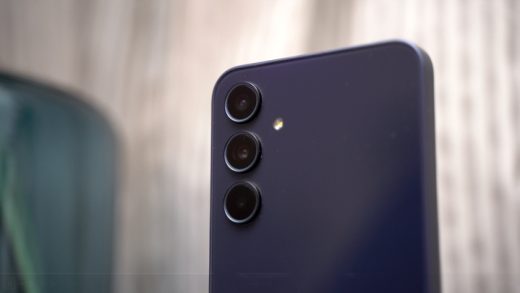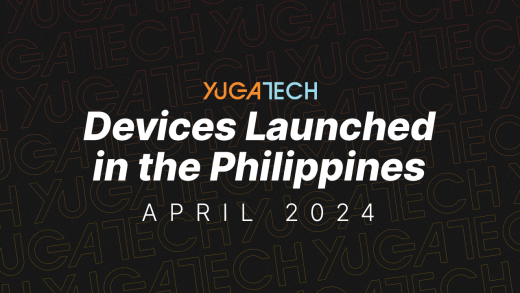Samsung has introduced its new virtual assistant that will debut in the upcoming Galaxy S8 flagship smartphone – Bixby.
According to Samsung, Bixby was built through the philosophy that a machine needs to learn to adapt to humans. That said, Samsung equipped Bixby with a natural and intuitive interface and is powered by artificial intelligence.

Samsung says that Bixby is different from other voice agents or assistants in the market has proficiency in the following three properties:
1. Completeness
When an application becomes Bixby-enabled, Bixby will be able to support almost every task that the application is capable of performing using the conventional interface (ie. touch commands). Most existing agents currently support only a few selected tasks for an application and therefore confuse users about what works or what doesn’t work by voice command. The completeness property of Bixby will simplify user education on the capability of the agent, making the behaviors of the agent much more predictable.
2. Context Awareness
When using a Bixby-enabled application, users will be able to call upon Bixby at any time and it will understand the current context and state of the application and will allow users to carry out the current work-in-progress continuously. Bixby will allow users to weave various modes of interactions including touch or voice at any context of the application, whichever they feel is most comfortable and intuitive. Most existing agents completely dictate the interaction modality and, when switching among the modes, may either start the entire task over again, losing all the work in progress, or simply not understand the user’s intention.
3. Cognitive Tolerance
When the number of supported voice commands gets larger, most users are cognitively challenged to remember the exact form of the voice commands. Most agents require users to state the exact commands in a set of fixed forms. Bixby will be smart enough to understand commands with incomplete information and execute the commanded task to the best of its knowledge and then will prompt users to provide more information and take the execution of the task in piecemeal. This makes the interface much more natural and easier to use.
In essence, Samsung wants to make human-to-machine interaction easier and more rewarding through Bixby. For example, instead of taking multiple steps to make a call – turning on and unlocking the phone, looking for the phone application, clicking on the contact bar to search for the person that you’re trying to call and pressing the phone icon to start dialing – you will be able to do all these steps with one push of the Bixby button and a simple command.
We’ll know more about Bixby when it debuts along with the Samsung Galaxy S8 smartphones.
source: Samsung
























